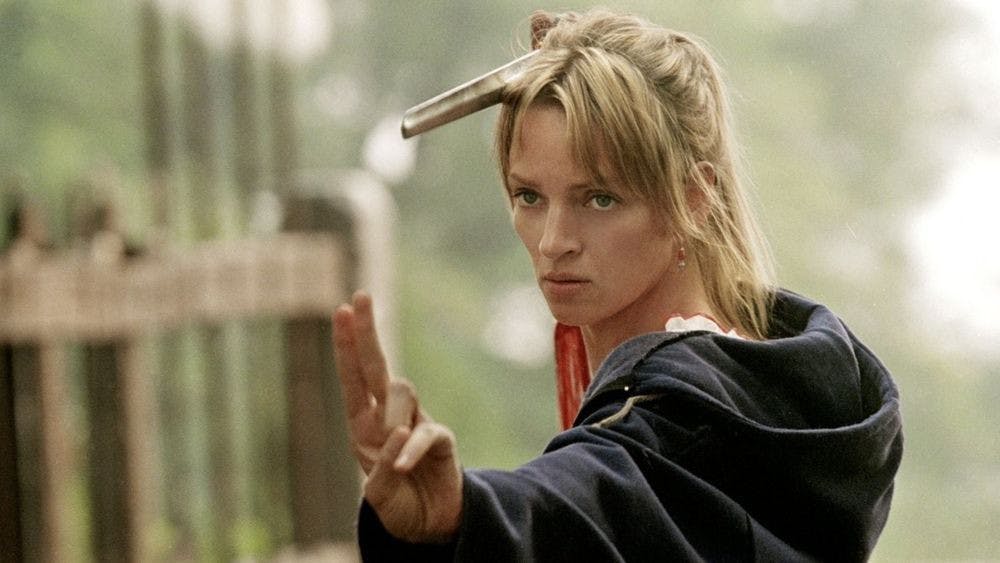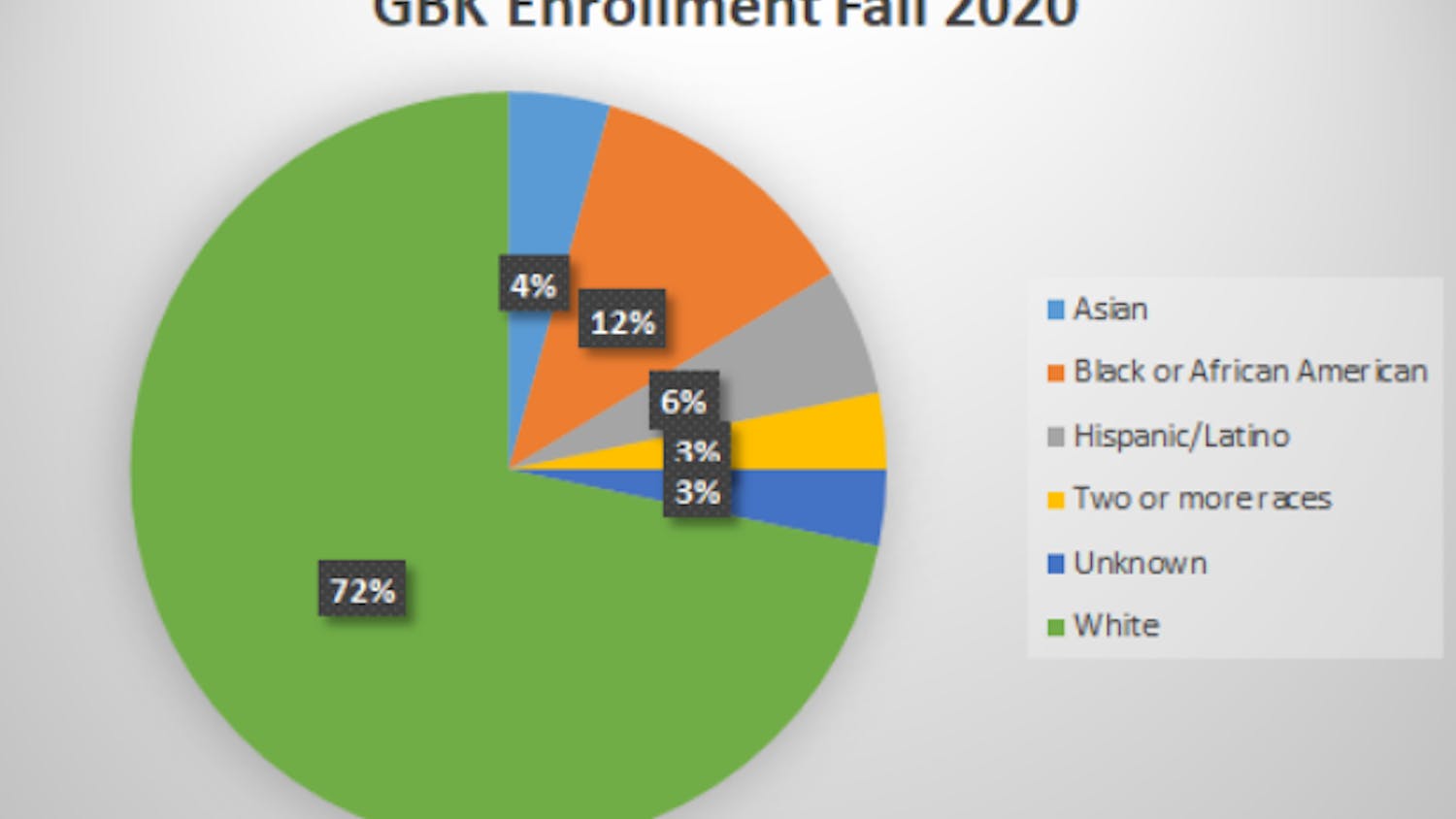Hollywood’s current trend of repetitive themes, endless sequels and seemingly countless reiterations of the same films poses a difficult quandary for the casual moviegoer as well as the serious critic. I, being among the former, see this problem with regard to entertainment value and the constant narrative that these movies, each deriving from their predecessor in both big and small ways, continue to contribute to.
One of my favorite examples of these movies is Quentin Tarantino’s “Kill Bill,” and “Kill Bill 2.” I use these examples, though, to illustrate the benefit of borrowing and even referencing to other movies. Tarantino, in these two movies, draws both explicitly and secretly from many other films, films that have inspired him to create “Kill Bill” and “Kill Bill 2” as well as many other of his films. Tarantino takes his inspiration for more than a handful of scenes, including the opening scene, directly from Spaghetti Westerns and Japanese revenge films. These films, though, have not been stolen from as some would imply or even suggest outright. Rather, I would argue, these films have been expounded upon; their narratives have been recast in a different light, albeit an often bloodier one at the hands of Tarantino.
These films, as well as the public which views them, stand to gain from the insight of directors who draw their inspiration from other films. References found in many films, not merely Tarantino’s, lead the viewer ever deeper into a rabbit hole of references, guiding them along the director’s path just as they went down it. Each reference leads to another, and, by continuing the references, we ensure that we will never be at a loss for inspiration. What I won’t say, though, is that continuing these references is always in our best interest.
I believe the greatest modern example of this error would be the “Transformers” series, an endlessly banal and repetitive series of four films. They are a prime example of when referencing and repetition go awry. They only reference themselves and other action films before them in a dull and witless way. They offer nothing new in their perspective of alien-invader action film. They seem merely to be corrupted offspring, capable of only saying what has been said before. In order to properly make use of references, a film must be wholly willing to subvert them. It must have the insight as well as the foolhardiness to take a reference and subject it to a new, possibly worse, perspective.
But many movie franchises can, and do, successfully execute a proper reference. Pixar, a Hollywood giant, is one example. They take even their own films into consideration for reference. By making mention of previous or even upcoming movies, Pixar has successfully constructed a universe of their own design in which the Pixar fan can spend countless hours searching for clues and hidden meanings. Pixar has built an entire world from their references, the Pixar Theory. This, I believe, is the proper way in which references should be used. They should build worlds, offer insights, and present new perspectives. They should strive towards a broader, new horizon, not the one we already have been shown.
A Hollywood-sized Theft: Repetitive themes, endless sequels and countless reiterations





